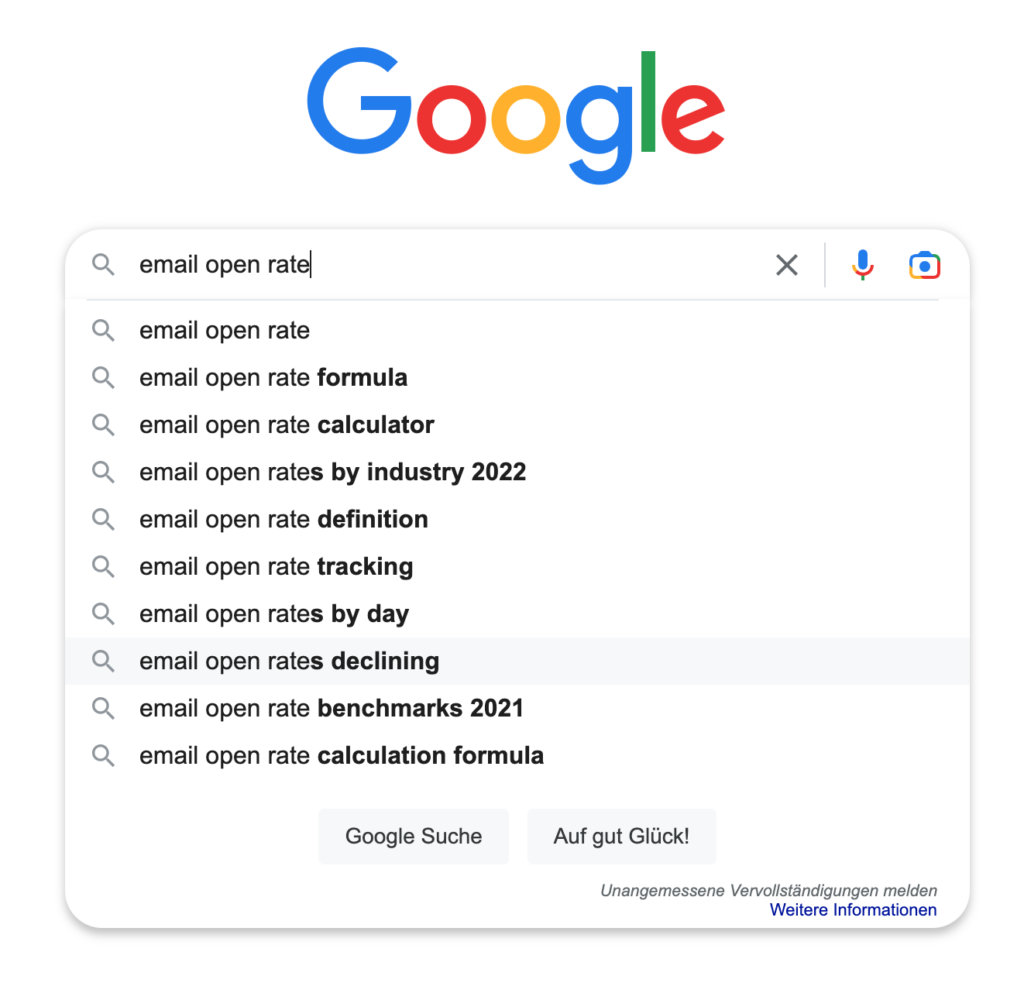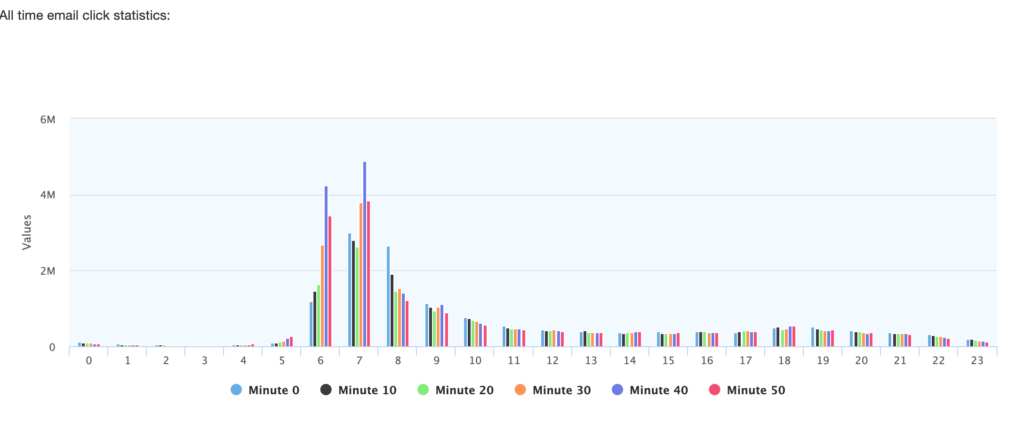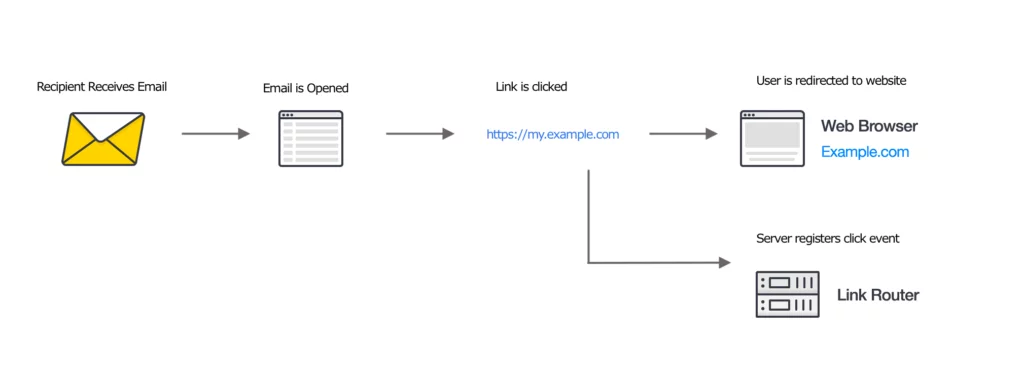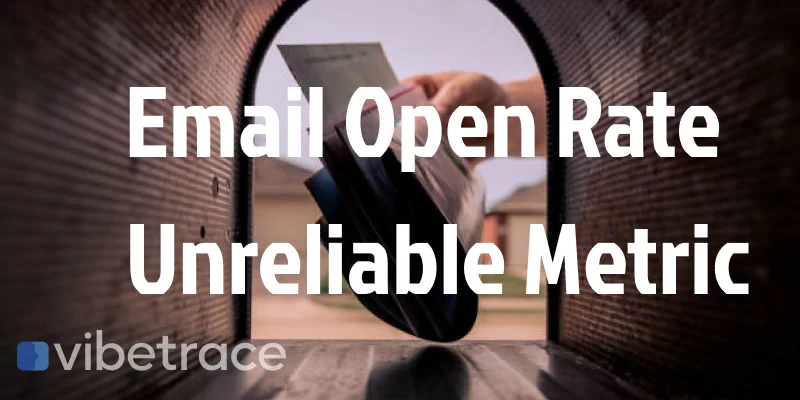Email Marketing is a core channel for our Marketing Automation platform.
We do send more than 20.000.000 emails every month. During November and December this number is sometimes triple. More than this, we’re one of the few marketing automation solution using multiple email providers.
You can send email using: Amazon SES, Sendgrid, Sparkpost, Mailgun, Netcore API
Measuring marketing efforts is a must and Email Open Rate is a very old metric that everyone tries to bring it to 100%. That’s ideal, impossible to reach.
We are writing this article is for people working with email and aware about email marketing metrics. And to prove that email open rate is unreliable.
- Email marketers
- Digital marketers
- Business owners
- Entrepreneurs
Want to be up to date with Marketing?
Subscribe to our Retail CX newsletter!

Stay connected with what’s really important to optimize your digital revenues.
By clicking the button, you accept our Terms & Conditions. Also you will need to confirm your email address.
There’s a lot to discuss about email marketing and open rate, but our structure for this article will be:
How is open rate measured?
Using Pixel Image
Email open tracking works by placing a small image (usually 1px width and height), transparent, at the bottom of the sent email.
When email client open the email and loads the images, this image gets loaded as well and makes a request to the tracking server.
Because it’s made unique to every email recipient, the server knows who loaded the image, therefore increasing the value.

Using external CSS or font files
The same way image pixel is added to the email content during sending, CSS or font files can be added to the email.
CSS files are used to make an email look good.
Font files are fonts that are usually not found on recipient device, but loaded automatically by some clients to display beautiful fonts.
Compared to every email client being able to display images, CSS and font files are not available to every email client.
This makes this method of tracking open rate not so reliable, because email delivery can not control which client the user uses to open the email.
Why open rate is still proudly sold by many companies
Most email related companies charge you per number of email sent or contact list size. After number of email sent, open rate is the next metric checked by any marketer.
Short tip, you better choose a company charging per email sent, not list size, it’s the most effective.
It’s very linked to email deliverability, because if emails land in spam folder instead of inbox, they will not be opened.
And because deliverability it’s a hard topic to get right, most of them try to ignore this aspect when selling email marketing. Although most common best-practices are shared, but not insisted on.
Email open rates are one of the most checked and discussed thing when it comes to analysing their own email marketing performance.
Mailchimp/Klaviyo themselves feed this sort of metrics comparison by providing industry open rates in your reports. Using those benchmarks you can compare yourself to others with similar business types.

Why open rate might be much different than you think
There are tens or even hundreds of email clients. Mobile apps, desktop apps or web versions:
To name the most common email clients, according to Litmus:
- Apple mail
- Gmail
- Outlook
- Yahoo Mail
- Samsung Mail
- QQ Mail
And each of those have different versions on different platforms, with slightly different behaviour.
Read our Email Clients Statistics for 2023
Privacy reasons
More Email clients started to not load images automatically because of privacy opens. Making a request to a server exposes the IP address of the client who makes the request.
For this reason Apple Mail is downloading all remote content in the email at the point of delivery.
This includes all email images including the little 1×1 pixel described above used for tracking if someone has opened the email. It also includes any CSS and fonts (also used for tracking in some cases).
The impact goes way beyond the issue of open tracking and is possibly the biggest transformational issue to hit email marketing.
User Experience Reasons
Emails can have different size. When an email is over a specific height or length, some email clients are cutting them and showing a message instead.
For solutions adding the tracking image at the bottom of the email, it means that for the tracking open image to load an extra condition is required:
- all images to be loaded
- user needs to click: “view entire message” link from the bottom of the email
For Gmail, if the size of the email exceeds the 102 KB limit, Gmail hides the full content behind a “[Message clipped] View Entire Message” link.

What not to do anymore (or change how you do it)
Resend to non openers
Because you are not 100% sure who opened and who didn’t, resending to non-openers is prone to many errors.
Recipients receiving your email twice will be more frustrated and you will end up with more unsubscribers.
Trigger Automations based on Open Rates
Marketing Automation is based on behaviour, right? That’s completely valid and it works very well.
But if you trigger a certain set of actions based on recipient opening email, you’ll end up with false actions. If the open was generated by the server at delivery time and not by the recipient, then you’re just doing it wrong.
Compare this to sending an abandoned cart when the user never added anything to the cart. Would you send the email again?
Compare you to others using benchmarks
Benchmarks can be really useful, don’t get us wrong. But comparing based on open rates it’s something you should avoid. The list of reasons is below:
- your email list differ from other email lists. If you have 60% Apple fans (opening emails on iOS) and someone else is having 90% on web version of email clients, the difference in tracking can be usage
- marketing strategy differs. Sending to whole email lists and getting a 10% email open rate is different from sending to segmented customers and getting 40% open rate.
A/B Testing & Send Time Optimisation
Using any of these tactics usually require opens data information so are under threat.
Let’s say you find that you find out best open time is 7.30 in the morning. You continue sending email before that because recipients will open, click and purchase.
But if it’s wrong because of above reasons, you are waisting opportunities. You email will get down in the list and never be opened because others are sending email after you.
Solution is to switch doing optimizations and A/B tests based on click information.

A click is more valuable than an open, and shows greater intent. The only problem with clicks is there are far fewer of them, and it means it can be difficult to achieve reliable goals with statistically significant results.
Using 20% open rate (let’s say 10k recipients from a 50k emails) is much more from a mathematic point of view compared to 3% click rate (1500 recipients).
Forget Open Rates for email.
We’d really like to see others’ opinions on this topic. But until then our recommendations to pass the unreliability of open rate is to focus on clicks and conversions. That’s real engagement from users and brings you money.
That being said we hope you understand why open rate is so unreliable and your focus should be clicks and conversions instead (read engagement).

The most reliable indicator of engagement with your email is whether or not a recipient clicks a link.
This can be tracked through redirects or by counting views on a landing page, even if tracking scripts are blocked.
Email Conversion Rates are also definitely important. In the end Conversion = Revenue. To optimize for conversion, you definitely have some other metrics above (click rate).

